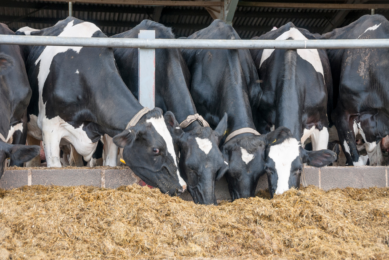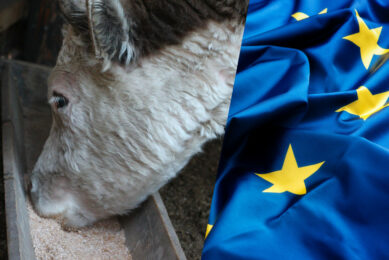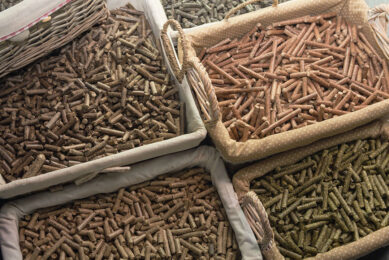Japan’s compound feed situation after earthquake
Since the earthquake and subsequent tsunami struck Japan on March 11, surrounding Japanese feed millers have stepped up to fulfil the demand in the affected area, the US Grains Council’s Tokyo office reports.
“With the flow of compound feed from outside areas, combined with feed produced in some of the mills in the Tohoku area which were capable of working, livestock farms in the Tohoku area could get roughly half of its normal demand during the month since the earthquake,” said Hiroko Sakashita, USGC associate director in Japan.
While livestock in the Tohoku area are on a significantly reduced feed ration, a livestock expert informed the Council that animals will survive but will experience some growth reductions.
Once feed supplies recommence, producers will resume normal feed rations for production and shipment and animals will mature.
Livestock population not impacted
“We have not heard devastating reports in regards to animal losses at large cattle, swine and chicken farms,” reported Sakashita. “The livestock population in the whole country was not significantly impacted. Therefore there will be no significant reductions in feed demand.”
This takes into consideration the livestock operations that were forced to evacuate due to their proximity of the Fukushima nuclear power plant.
“The animal population within a 20 kilometre radius of the power plant was not significant to the total Tohoku area,” she said.
Logistic difficulties
Transportation costs and power outages remain a concern for feed millers in the mid to long term. Ports are recovering but it is not clear when a Panamax-size vessel will be accepted into the affected area.
Japanese feed manufacturers submitted a letter of request to the Ministry of Land, Infrastructure, Transport and Tourism, which administers the ports, in an effort to secure a stable supply of compound feed and feed ingredients.
The appeal included radioactivity declaration of safety of those ports and early accessibility recovery for Panamax-size vessels.
For mills in Kashima, which account for 15% of Japan’s total compound feed production, some have recovered in volume of production and shipment to the level of before the earthquake, with reduced variety of compound.
As a whole, all feed mills in Kashima expect to resume full production in the latter part of April or beginning of May.











